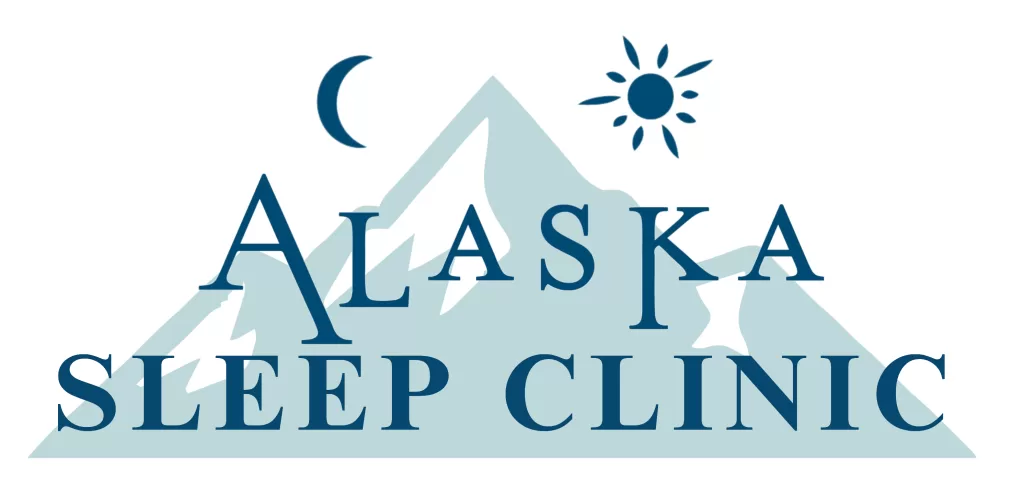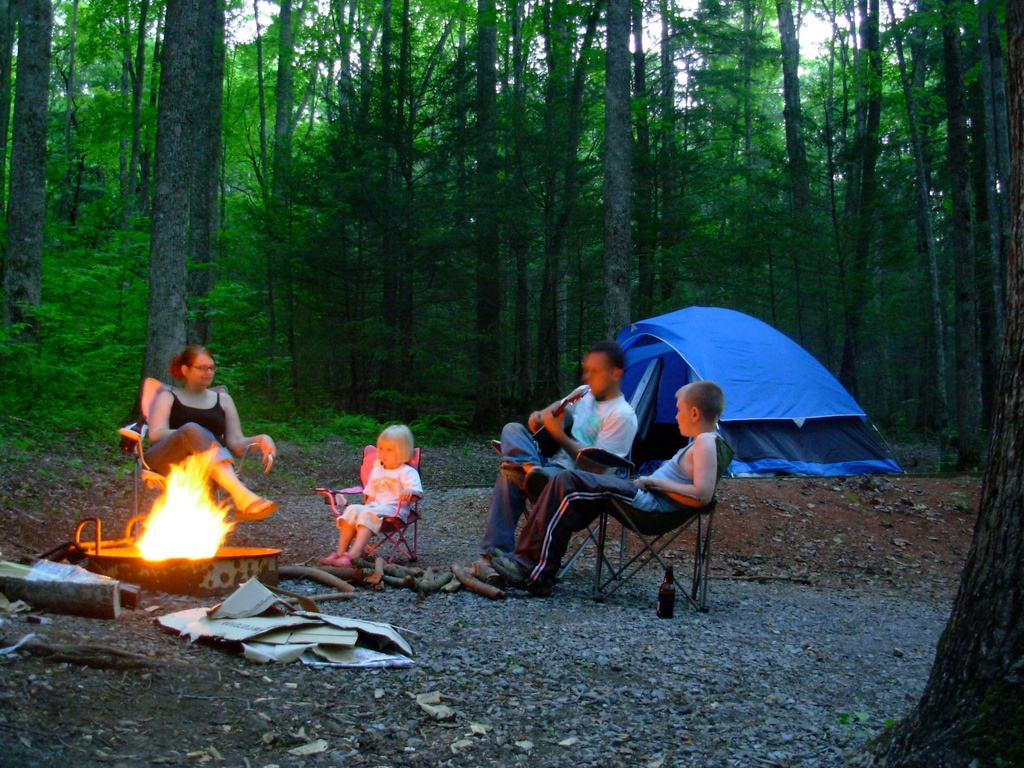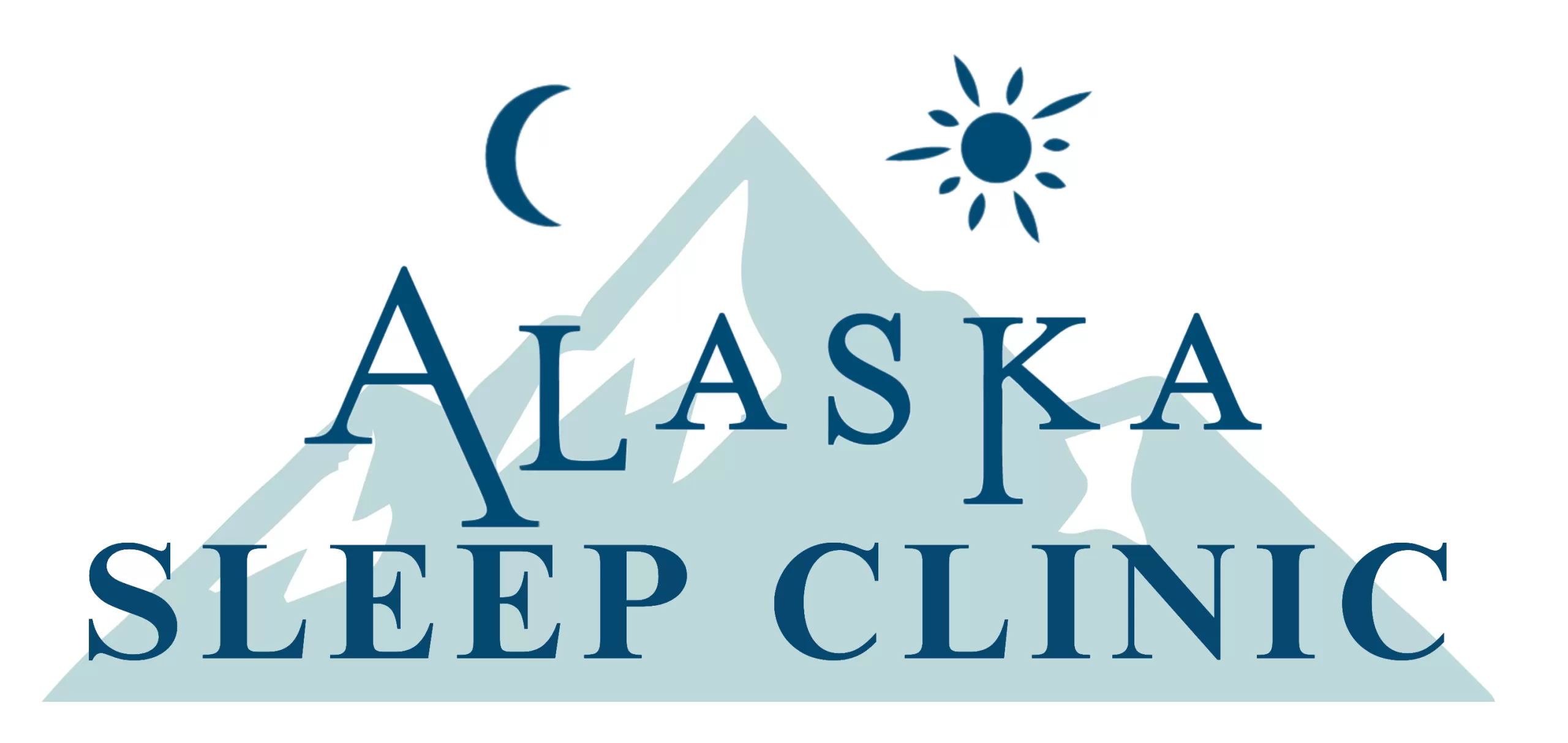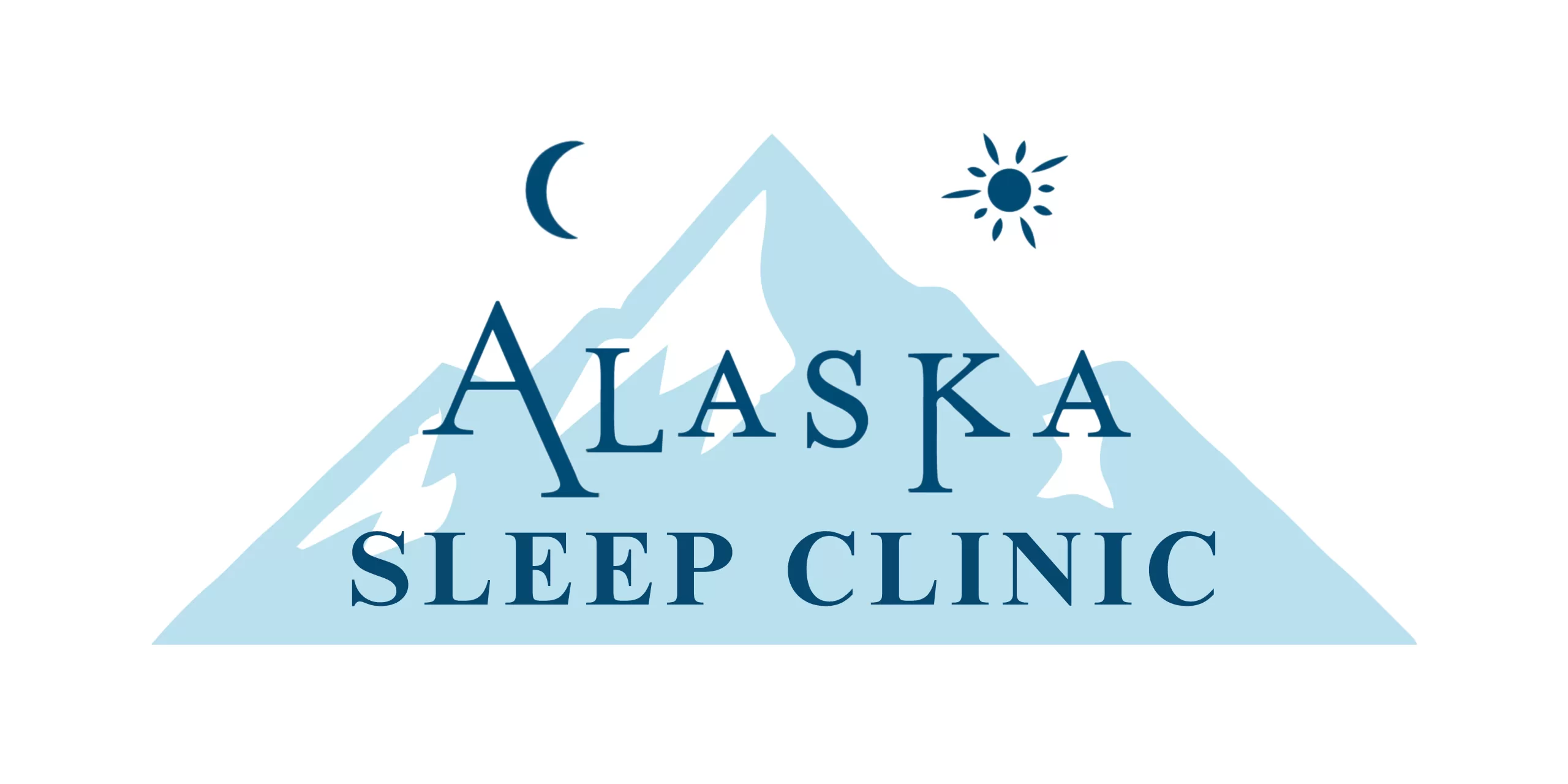Camping enthusiasts that live in climates with drastic temperature changes do not want a limited time to explore the outdoors. But in order to stay safe while camping in Alaska or any frigid tundra, especially snowy or icy covered regions, requires smart planning and research.
Starting with the location, conditions for the time of travel, and campsite options are the first steps. From there, talking to the experts before packing can make or break a trip outdoors.
After finding a campsite that is as snow-packed or dry as possible, make certain to lay down a tarp or pad and crawl down any bumps. Depending on the temperature, the snow could freeze into more icy conditions making it hard to mold your sleeping spot to the right conditions for a restful night’s sleep.
Here are more tips 4 camping outdoors in the winter:
Closed-cell foam sleeping pads. According to Backpacker, “conduction is the culprit for the heat loss that occurs when sleeping on the cold ground, and even a warm cold-weather sleeping bag is a cold bag without a quality, insulated pad underneath it.” These pads are highly durable and lightweight plus pair easily with any air mattress. Tip: keep in mind the conditions of the campsite for the right thickness of pad and mattress.
Cuddle up. This may be easier said than done if traveling with your spouse or partner but even if you are traveling with friends, sleep close and pack all your belongings around the inside parameter of the tent to insulate. Tip: set up sleeping pads directly next to each other in the center of the tent. Learn more tips for staying warm while winter camping here.
Wool or battery-operated socks. If you plan to be in frigid conditions, warm socks are a must at bedtime. You can start out with some battery-operated socks as you prepare for bed and keep them close by if the temperature drops further than expected. Tip: pack an extra pair if you are traveling with a friend or partner. They may not have read this blog before traveling!
Pillows. For some, the pillow is critical from a master bedroom to a hotel room to a tent. Once again, depending on your trip distance choose a pillow either inflatable, travel, or full-size based upon your trip. Tip: if you are tight on space, go with an inflatable option to pack away easily.
Sleeping bags. Depending on the climate and tent size, talk to a professional 
Bring accessories. Ear plugs can help drown out any crunching snow or cracking icy limbs providing a full night sleep. Eye masks help distract you from opening your eyes while falling asleep or waking up to the blinding sun against the white snow. Tip: even if you have never used either they are light enough to add in your pack in case.
Dress the part. You may think it is wise to layer to the extreme with temps below freezing, but avoid tight-fitting clothing that may restrict blood flow to your extremities. “Moisture will get trapped in your bag and will cause an overall drop in body temperature as you cool off.” Also pack synthetic fabrics or wool. Tip: bring a warm beanie and gloves to sleep in that differ from the daily hiking gear.
Radiant barrier. Duct-tape a Mylar, emergency blanket, or shock blanket onto your tent ceiling. These inexpensive blankets help with any excessive condensation inside your tent in the mornings. Tip: talk to a camping expert while shopping for your supplies to find out the best option for the conditions.
Eat more fat. The colder weather helps burn off your intake as you hike. “Your body metabolizes protein before fat and takes longer to metabolize fat than carbohydrates, so opt for calorie-dense foods.” Good fats like avocados and eggs help and bring easy snacks like nut-based trail mix or dark chocolate. Tip: pack smoked salmon and cracker to eat quickly for breaks.
CPAP machine. If you need a CPAP, pack it. There are countless options for campers in 2019 to travel with their sleep machine. Tip: purchase a CPAP with strong battery You do not need electricity with the right machine.
A few options are available with strong battery life while traveling. And if backpacking or camping grants little space in your pack, the Z1 is the lightest CPAP machine on the market at only 10 ounces and 6.5 inches long. Purchasing the Z1 from Alaska Sleep Clinic grants customers a trained DME technician that will call within 24-48 hours of purchase.
A second option is the Transcend Auto Mini CPAP weighs less than one pound and is a fully-featured APAP with EZEX pressure relief technology providing more breathing comfort. Unique to this CPAP with a “military grade construction” is Transcend’s 14-hour battery and solar panel recharge ability.
Other options include a rechargeable portable power supply or utilizing your vehicle’s battery. The great news is the Transcend model is FAA approved so if plan travel is part of your destination, it is a safe accessory.
If you’re needing any additional information on traveling with a CPAP machine where you may be disconnected from everyday modern accommodations, or would like to purchase a travel specific CPAP machine, feel free to contact the Alaska Sleep Clinic.














